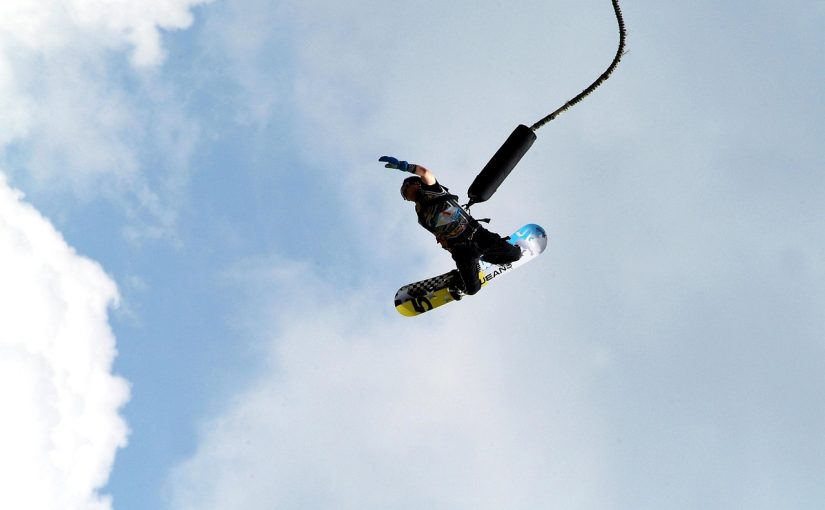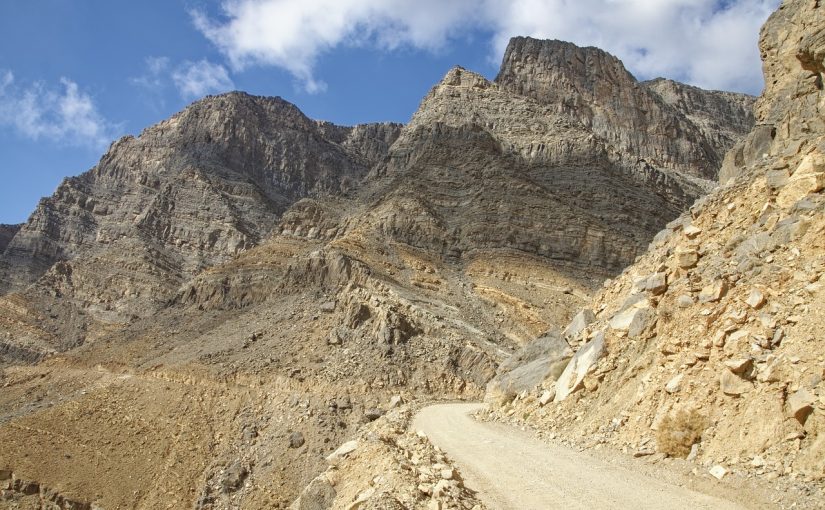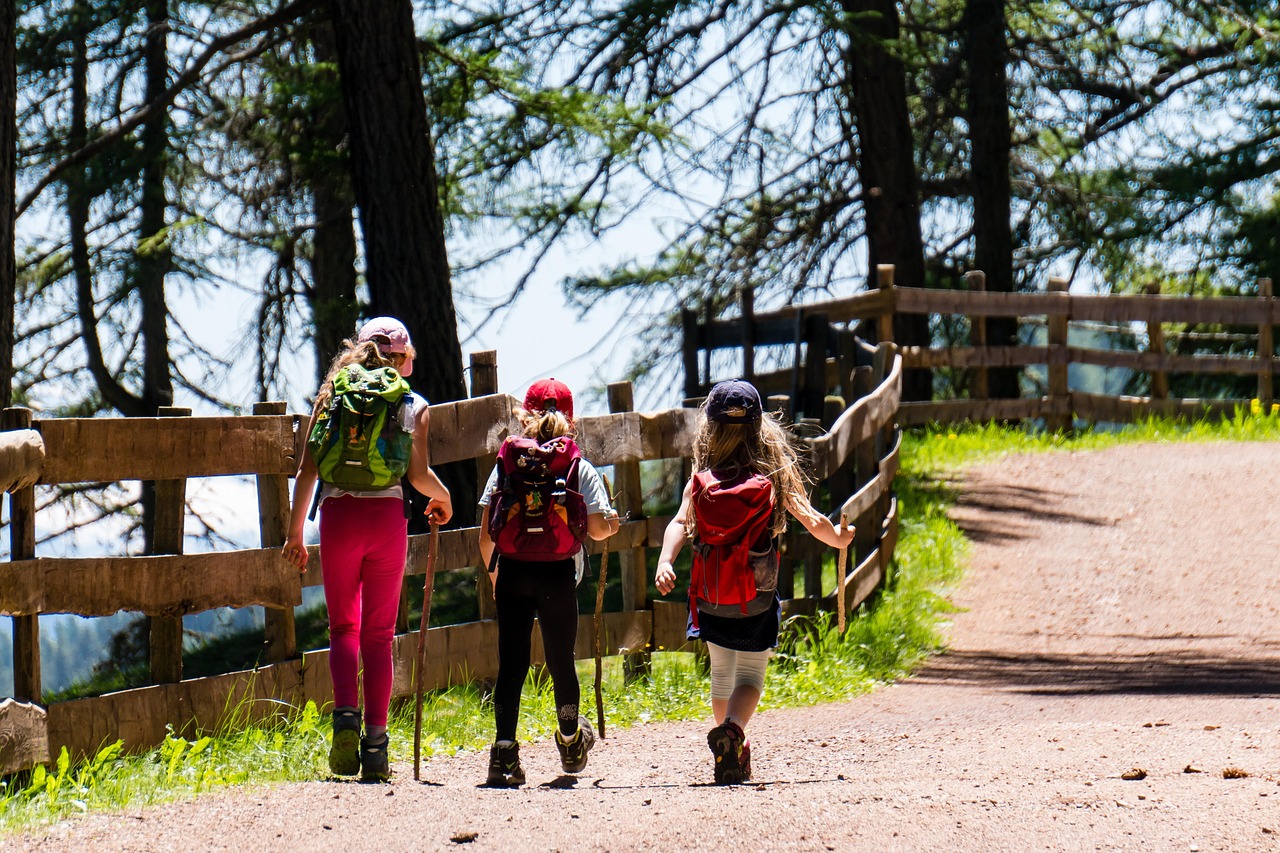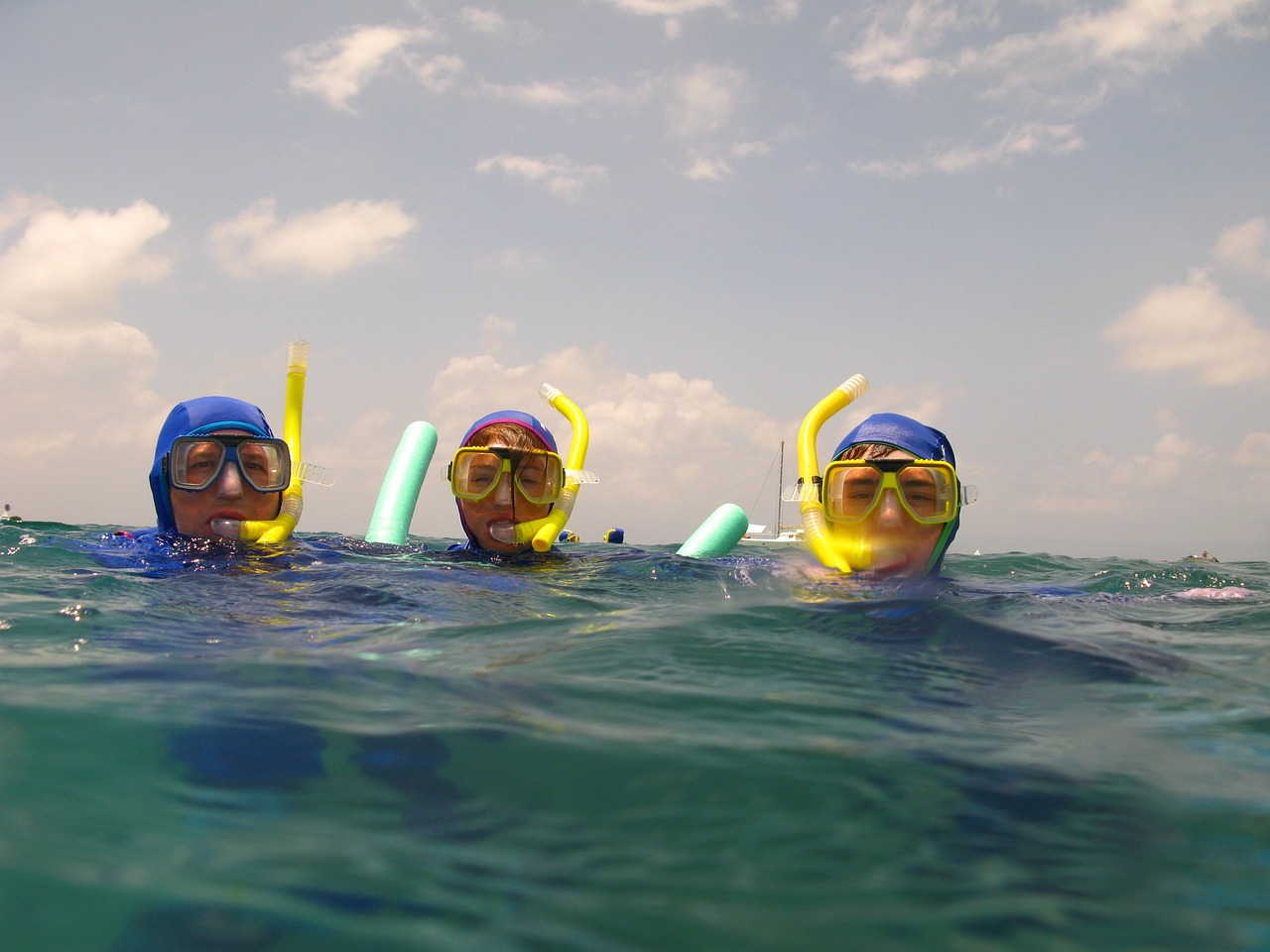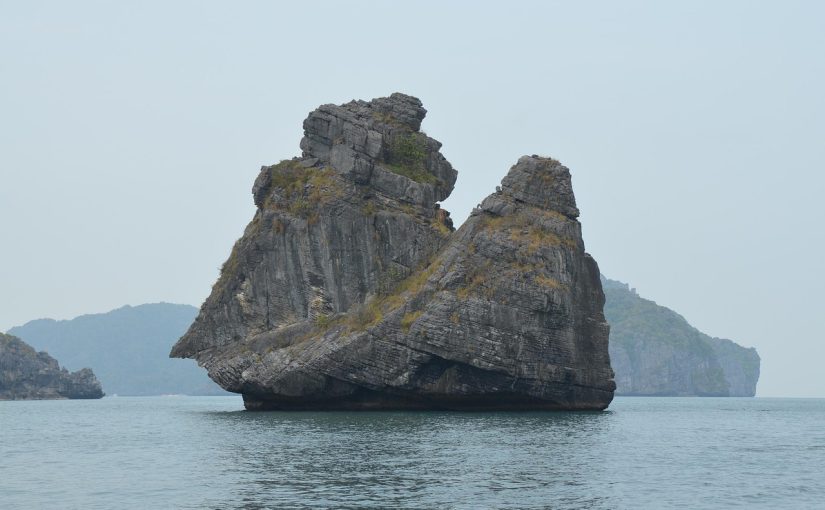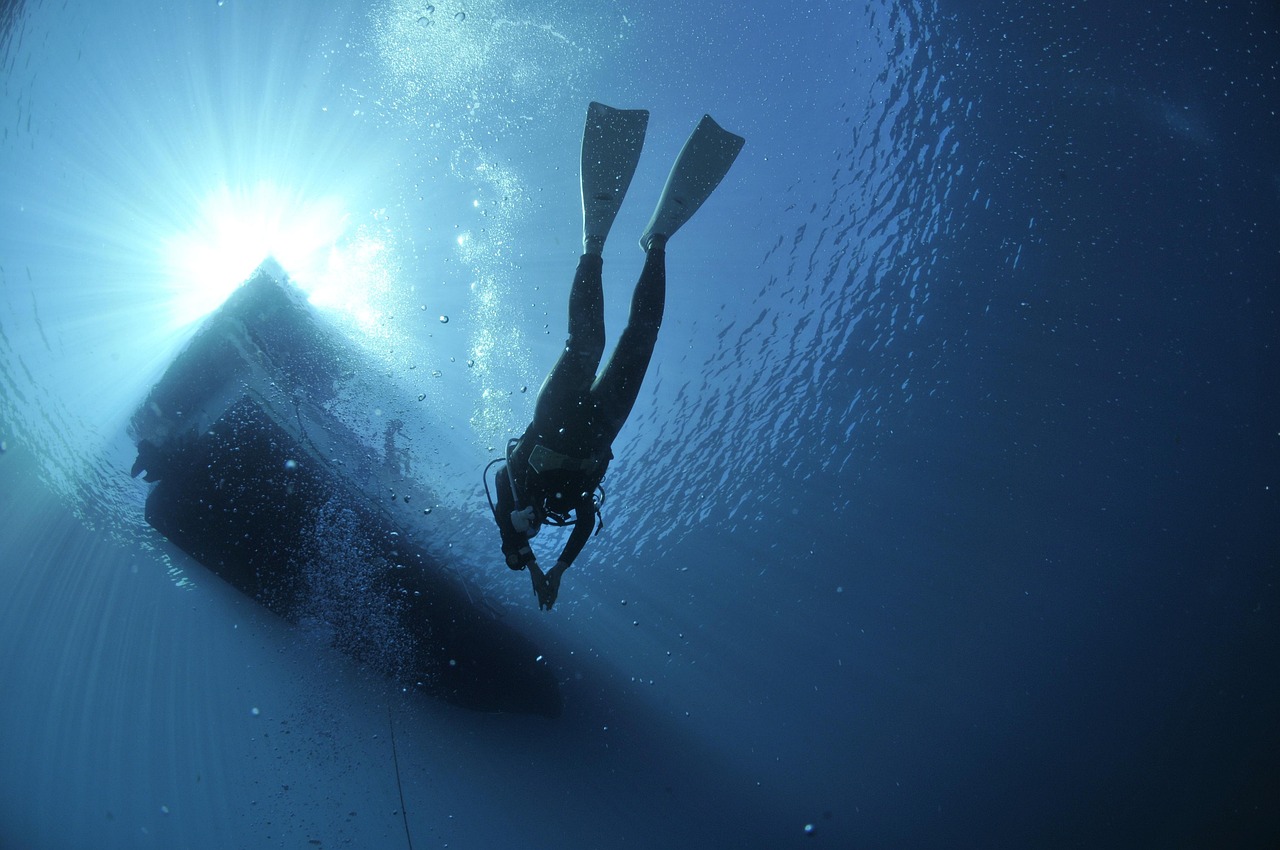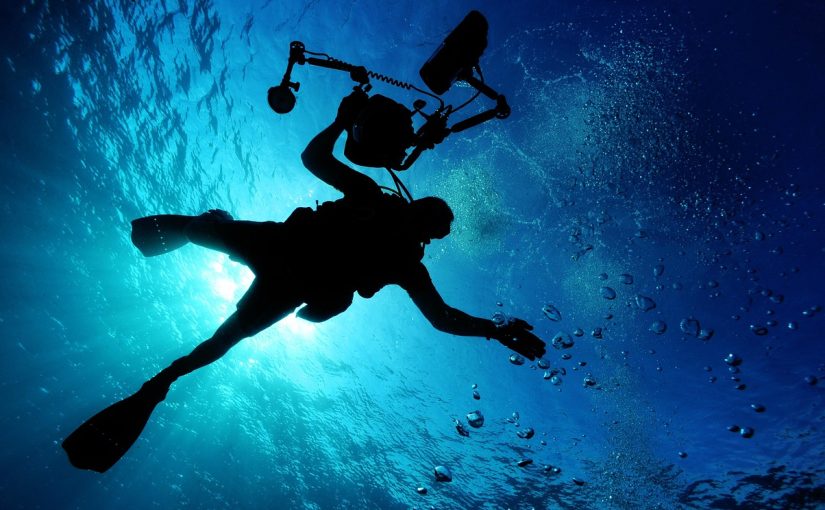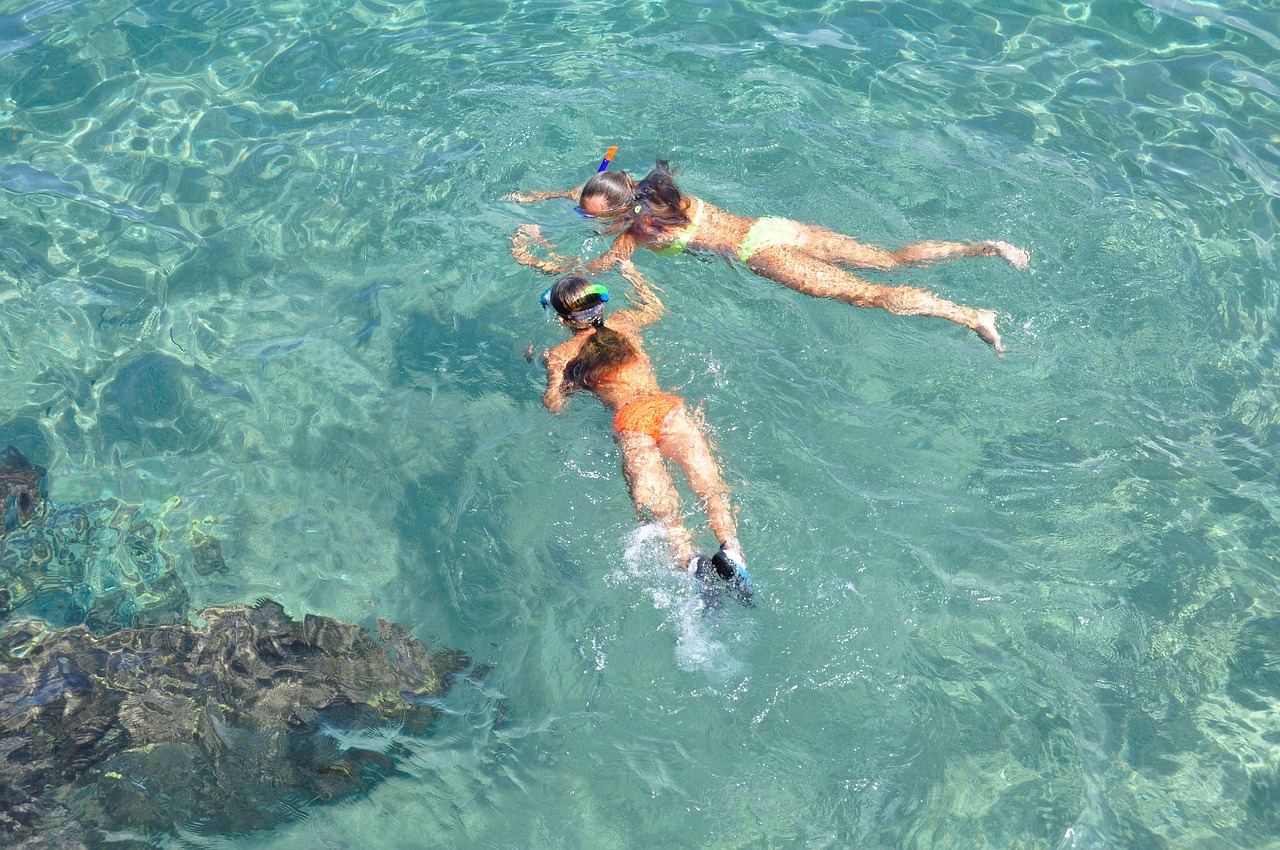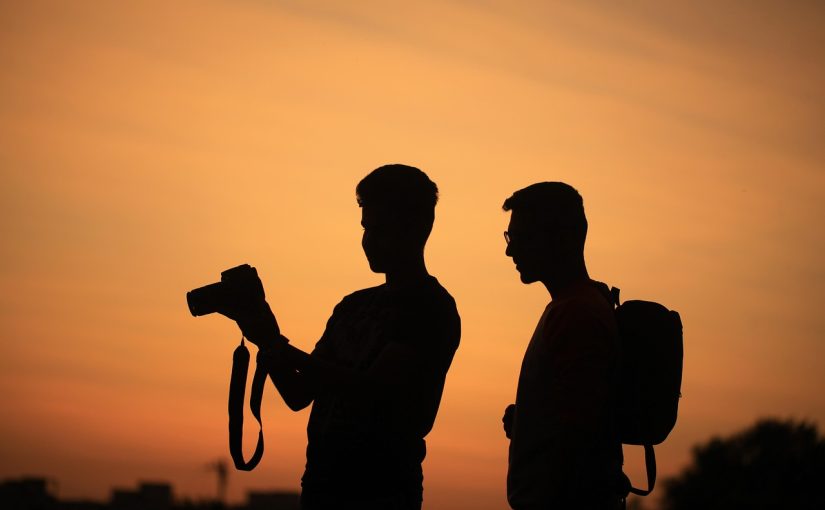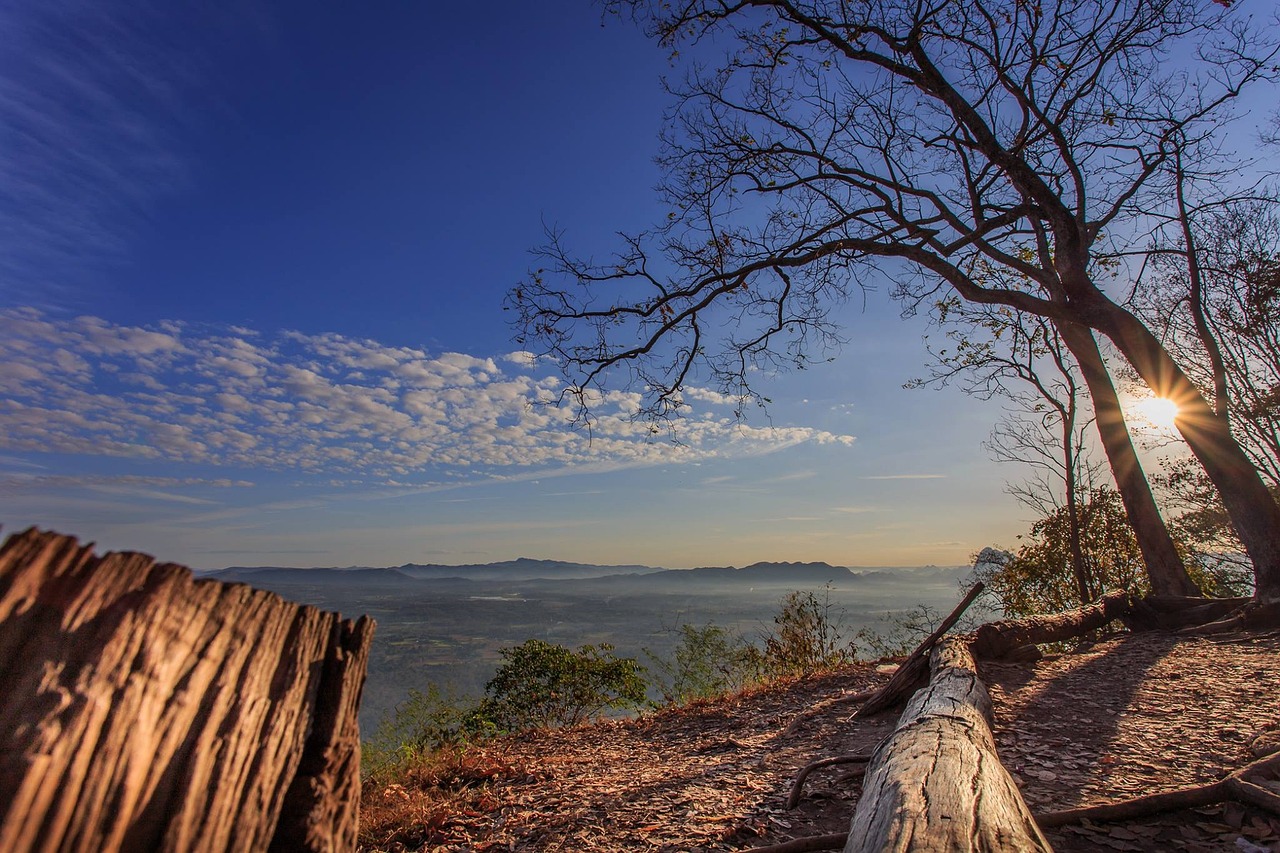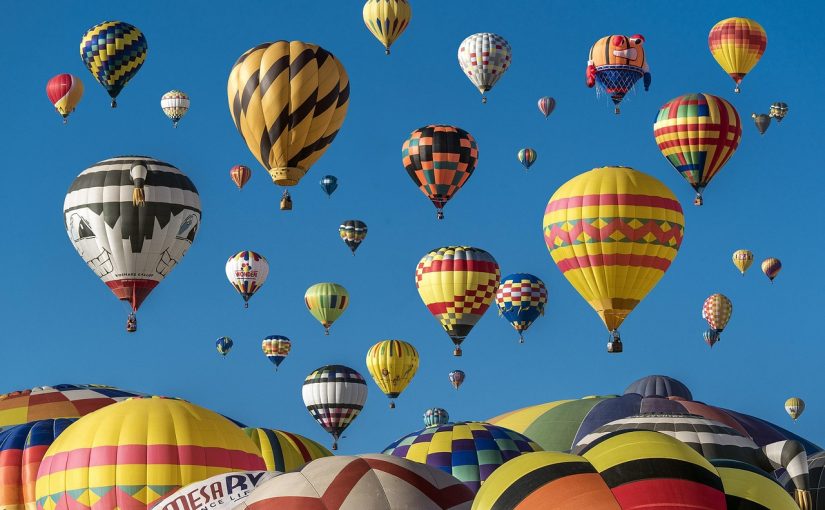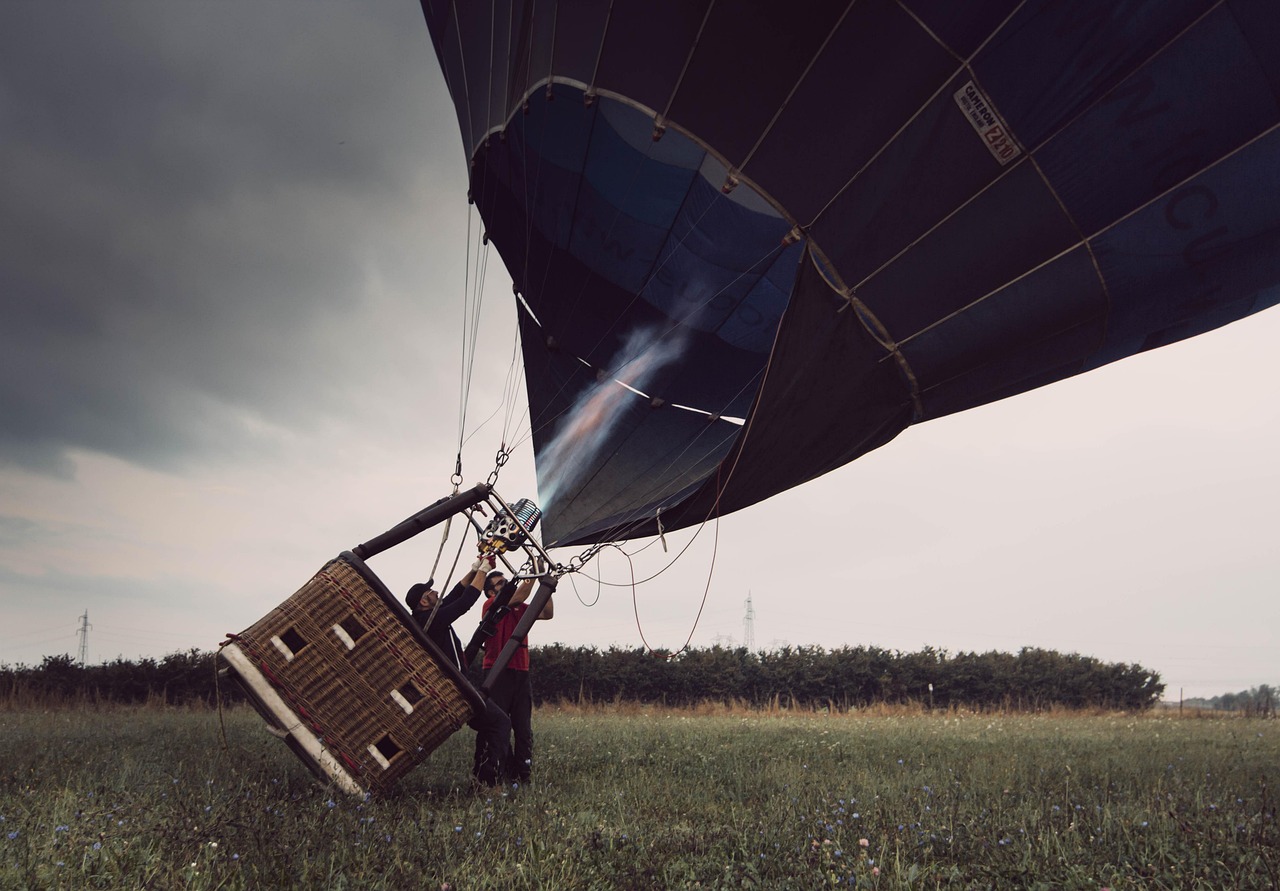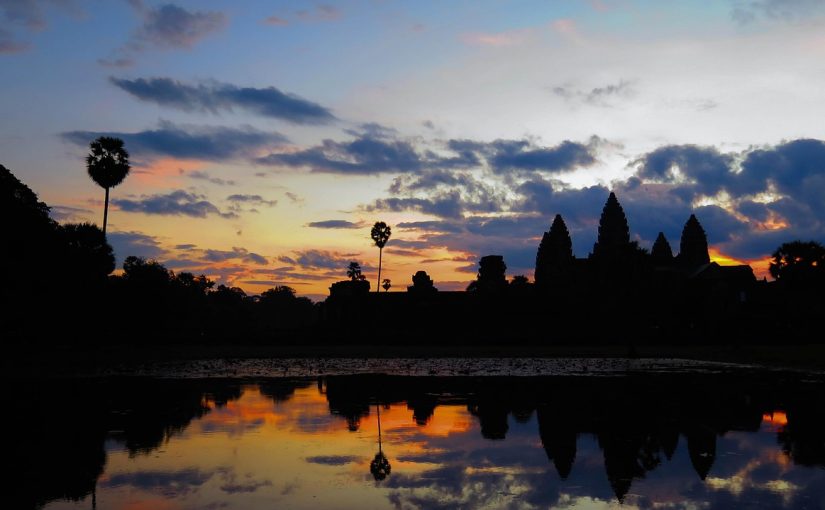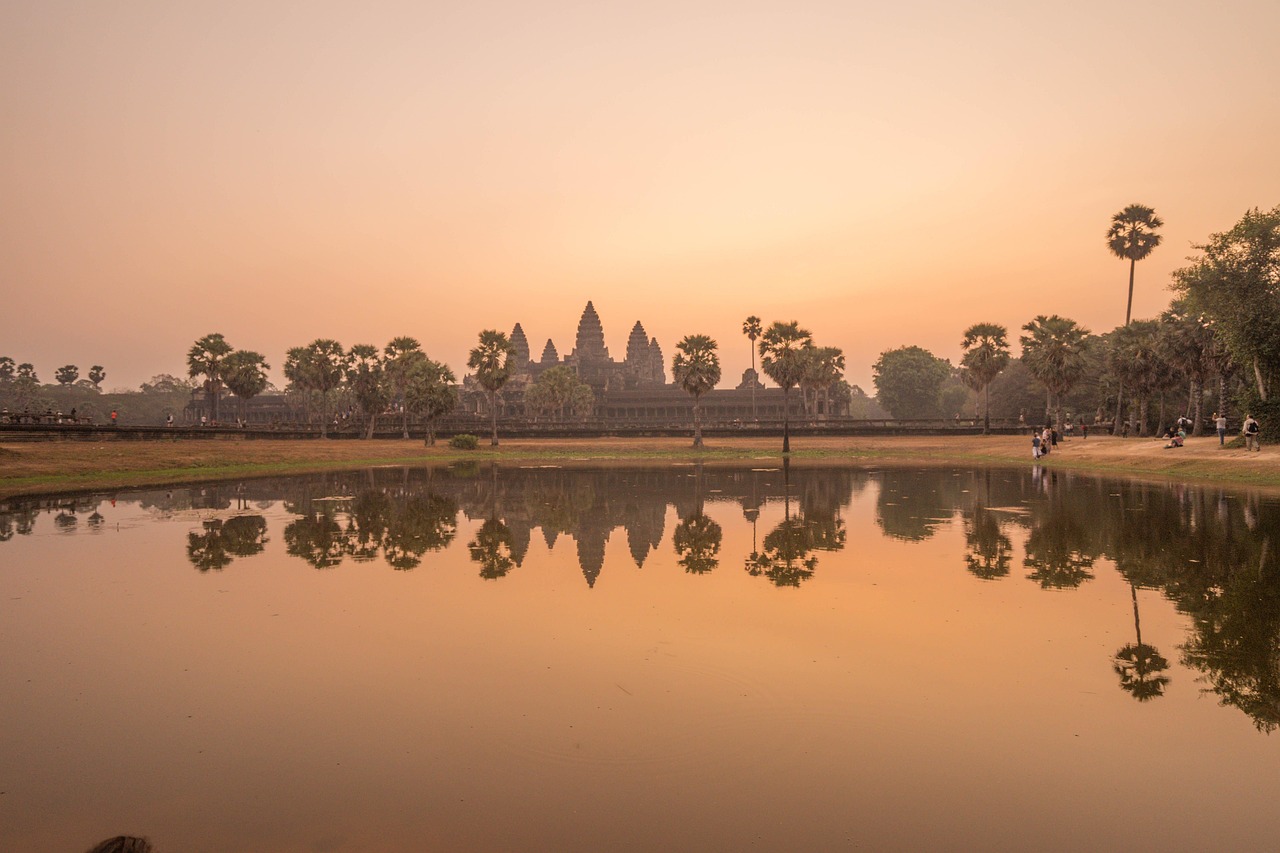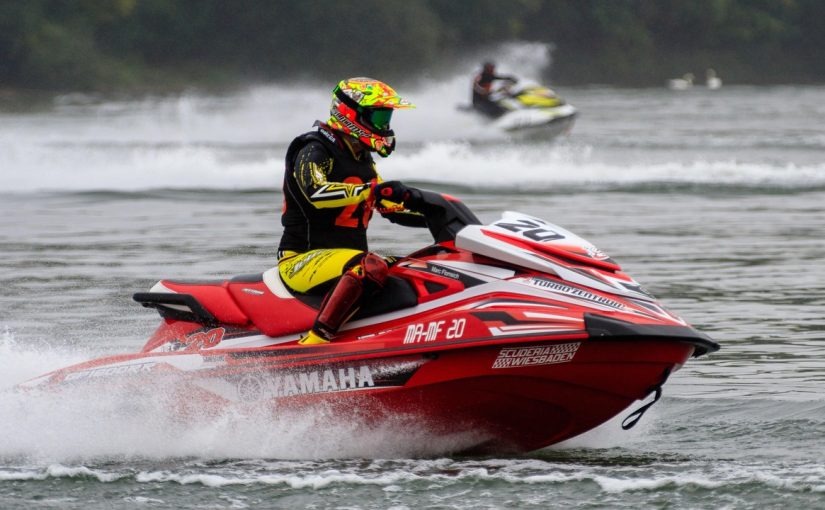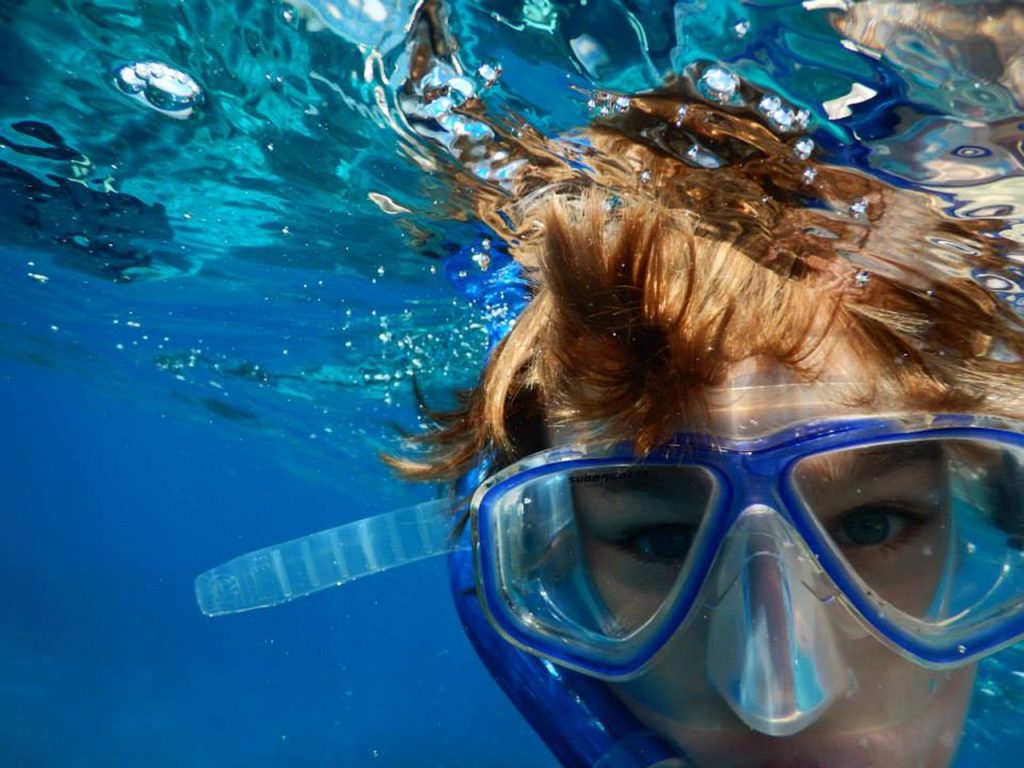Livingstone is a treasure trove for those seeking thrills in the great outdoors. From water sports on the Zambezi River to encounters with the beasts of the savannah, visitors can count on an experience of a lifetime!
Bungee Jumping
For those who have a heart of steel, try out the bungee jumping experience from the Victoria Falls Bridge. Take the leap and you’ll be plunging through the air for an adrenaline-pumping 4 seconds (111 m freefall).
Devil’s Pool
Many hotels like Anantara Stanley & Livingstone Victoria Falls offer excursions to the Devil’s Pool at the edge of the waterfall. Perhaps take a dip in this natural pool….if you dare! This is one of the most popular things to do in Victoria Falls.
Walk with lions
Walk among the fiercest carnivores in Africa, the lions! Expert guides will accompany visitors on a close walk with the kings of the wilderness while explaining more about the behavioural patterns of this animal species.
Elephant back safaris
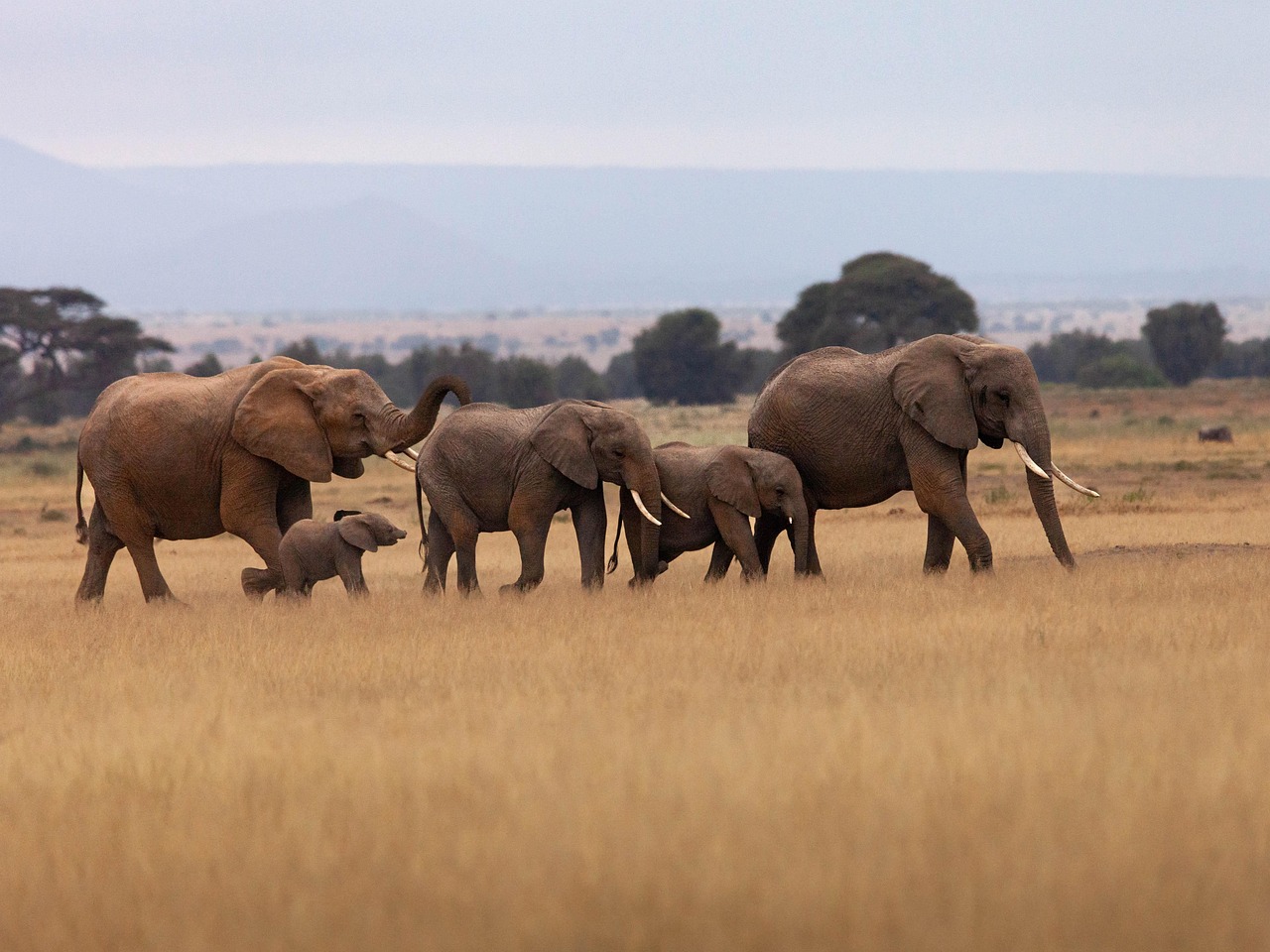
Experience nature in the most unique way. Embark on a safari on elephant back with professional guides helping you to spot various animal species. During your excursion, learn more about other animals and local tribes.
